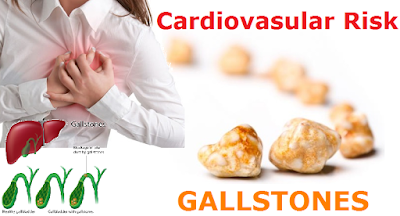Elderly adults often experience loss of appetite, resulting in weight loss and undernutrition. Now, researchers suggest this may be down to increased production of a hormone called peptide YY, which tells humans when they are feeling full.
Termed "anorexia of aging," loss of appetite is common among elderly adults, with around 15-20 percent of seniors experiencing unintentional weight loss as a result.
While loss of appetite in seniors can be driven by emotional issues, such as depression or grief, in many cases, no underlying cause can be found.
Previous research has suggested loss of appetite in the elderly may be down to reduced production of ghrelin - a hormone that tells humans when they are hungry.
However, the new study - conducted by Mary Hickson, professor of dietetics at Plymouth University in the United Kingdom, and colleagues - found the hormone peptide YY may be to blame.
 |
Researchers identified increased production of the "feeling full" hormone PYY in elderly women,
which may explain why older adults often experience loss of appetite. |















